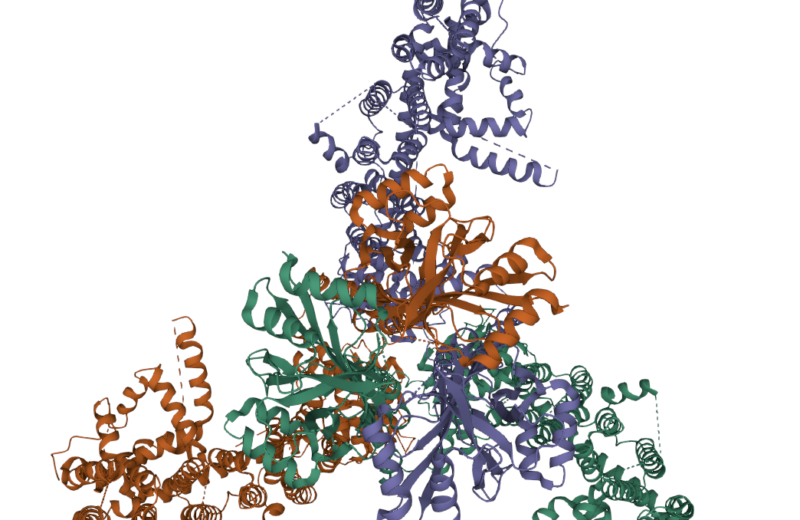Understanding how we sense touch, temperature earns a Nobel

Enlarge / The protein that allows us to sense touch is big and complicated. (credit: PDB)
Today's Nobel Prize is in "Physiology or Medicine," which often means "biology" these days. And 2021 is no exception, as two researchers have won for their discoveries of how humans detect their immediate environment through the sense of touch. David Julius won half the prize for identifying the protein that allows us to sense painful heat or its chemical mimic from chili peppers, and Ardem Patapoutian got the other half for figuring out how we sense physical touch.
The key discovery made by both researchers relied on a clever scheme that allowed them to identify the critical gene involved in a fairly specific process. But that discovery opened the door to a lot of follow-on work. In the case of temperature, the work enabled the discovery of a small family of related proteins that all sense different aspects of heat or cold. And in the case of touch, the discovery reveals that the same protein manages to track all sorts of stresses and strains inside the body.
Feel the burn
People who enjoy a good chili pepper will often talk about the heat generated by the chemicals it contains. That's not a metaphor—over the years, researchers have figured out that the key chemical from hot peppers, called capsaicin, activates the same nerve cells that are triggered by unpleasant heat.
Read 12 remaining paragraphs | Comments
source https://arstechnica.com/?p=1800669